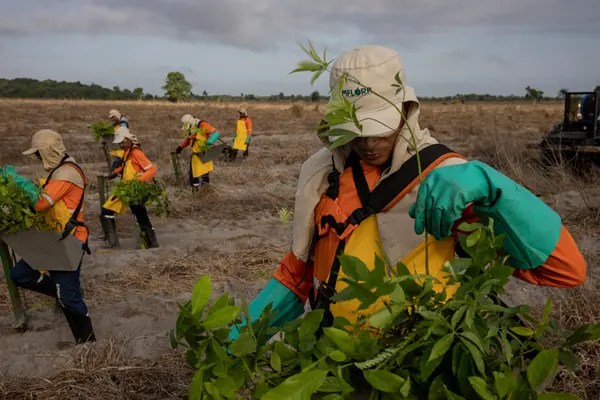 For those who might say too little too late we say this still counts as good news worth reading, so thanks to Yale Climate Connections:
For those who might say too little too late we say this still counts as good news worth reading, so thanks to Yale Climate Connections:
‘Turning point in energy history’ as solar, wind start pushing fossil fuels off the grid
Fossil fuel growth has stalled while wind and solar are growing.
Solar and wind energy grew quickly enough in 2023 to push renewables up to 30% of global electricity supply and begin pushing fossil fuels off the power grid, the Ember climate consultancy concludes in a report released May 8. Continue reading




















